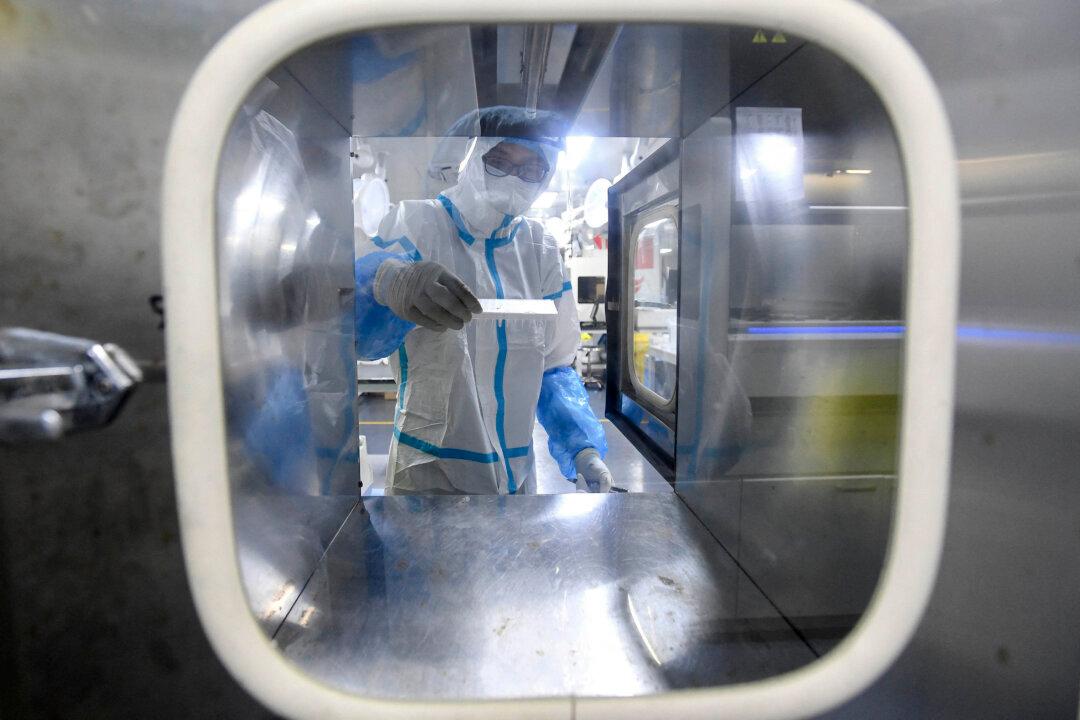Commentary
Powerful surveillance cameras are essential devices needed for projects like smart transportation and securities. China is the fastest growing country in the world for video surveillance, and 100% coverage of surveillance cameras is already available in the big cities.An industry research firm IHS Markit showed that China has 176 million surveillance cameras in public and private sectors (including airports, train stations, and streets), while only about 50 million cameras are installed in the United States. It is estimated that the number of cameras installed in China will increase to 626 million in three years.





